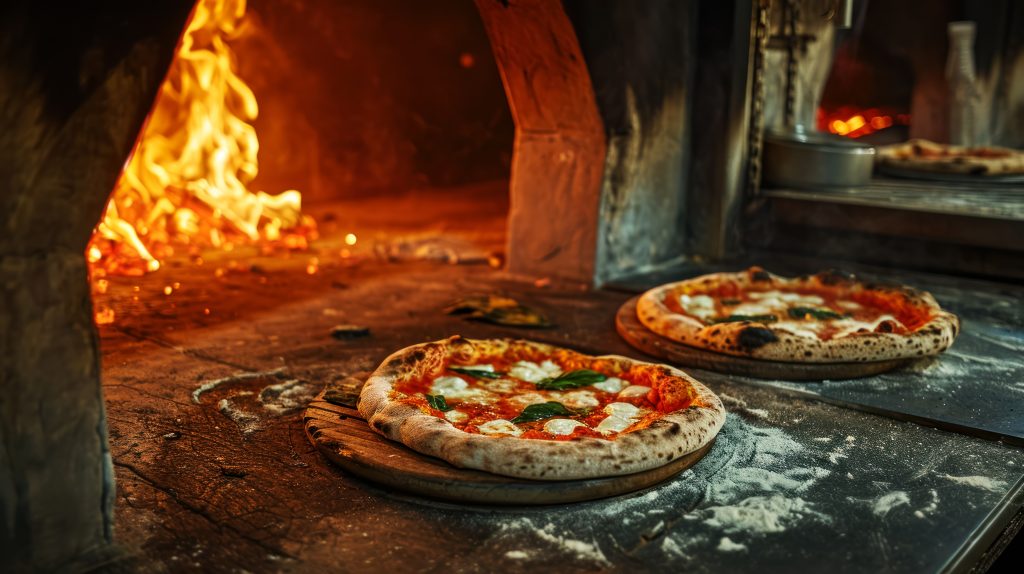
Why Neapolitan Pizza Was Added to the Intangible Cultural Heritage List
In a city where pizza is more than just a meal—where it’s an art, a tradition, and a symbol of identity—it’s no surprise that Naples, Italy, is the birthplace of one of the world’s most iconic dishes. But in 2017, something historic happened: UNESCO officially recognized the art of Neapolitan pizza making as part of the “Intangible Cultural Heritage of Humanity.”
So, what makes Neapolitan pizza so special—and why did it earn one of the highest cultural honors on the planet?
What Is Neapolitan Pizza?
Neapolitan pizza, or “Pizza Napoletana,” is the original pizza. It follows a strict set of rules, ingredients, and techniques that have been handed down through generations of pizzaioli (pizza makers) in Naples.
Some of its defining features include:
- A thin, soft, elastic crust with slight charring (leoparding)
- Simple, fresh ingredients: San Marzano tomatoes, mozzarella di bufala, fresh basil, flour, water, salt, and yeast
- Baked in a wood-fired oven at around 900°F (485°C) for just 60–90 seconds
It’s not just food—it’s a craft, carefully preserved and passionately practiced.
The Art of the Pizzaiolo
At the heart of this tradition is the “pizzaiuolo napoletano,” the pizza maker trained in a precise method that balances science and skill. From mixing and kneading the dough to the way it’s stretched, topped, and fired, every movement is purposeful.
This technique is often learned in small family shops, where the craft is passed from master to apprentice. Many pizzaioli begin training as teenagers, dedicating their lives to mastering just one type of pizza.
UNESCO recognized not just the food itself, but the entire culture surrounding it—the knowledge, the performance, and the social significance of Neapolitan pizza making.
Why UNESCO Recognition Matters
When UNESCO added the Art of Neapolitan Pizzaiuolo to its Intangible Cultural Heritage list, it was about more than protecting a recipe—it was about preserving a living tradition.
This designation:
- Recognizes pizza as a cultural expression, not just a commercial product
- Protects the pizzaiolo craft from disappearing or being diluted
- Celebrates community: Pizza in Naples is deeply social—shared on the street, in homes, and in corner shops
- Attracts tourism: Food lovers from around the world now pilgrimage to Naples for a taste of the “real thing”
It was a proud moment for the city, and for pizzaioli everywhere who felt seen and celebrated.
A City That Lives and Breathes Pizza
In Naples, pizza is part of the city’s rhythm. Locals line up outside legendary pizzerias like Sorbillo, Da Michele, and Brandi, where time seems to pause around a perfect margherita.
Pizza is affordable, eaten with your hands, and often enjoyed while standing on the street. It’s casual, but deeply personal. Everyone has their favorite place, their preferred dough texture, their stance on whether to fold or not.
This passion isn’t marketing—it’s embedded in Neapolitan life.
Beyond the Pie: A Symbol of Cultural Identity
For Neapolitans, pizza represents resilience, pride, and simplicity. It emerged from humble roots, created by and for the working class, yet has risen to become a global symbol of Italian excellence.
UNESCO’s recognition ensures that this deeply rooted culture won’t be forgotten in a world of fast food and industrial shortcuts. It honors the stories, hands, and hearts behind every pie.

